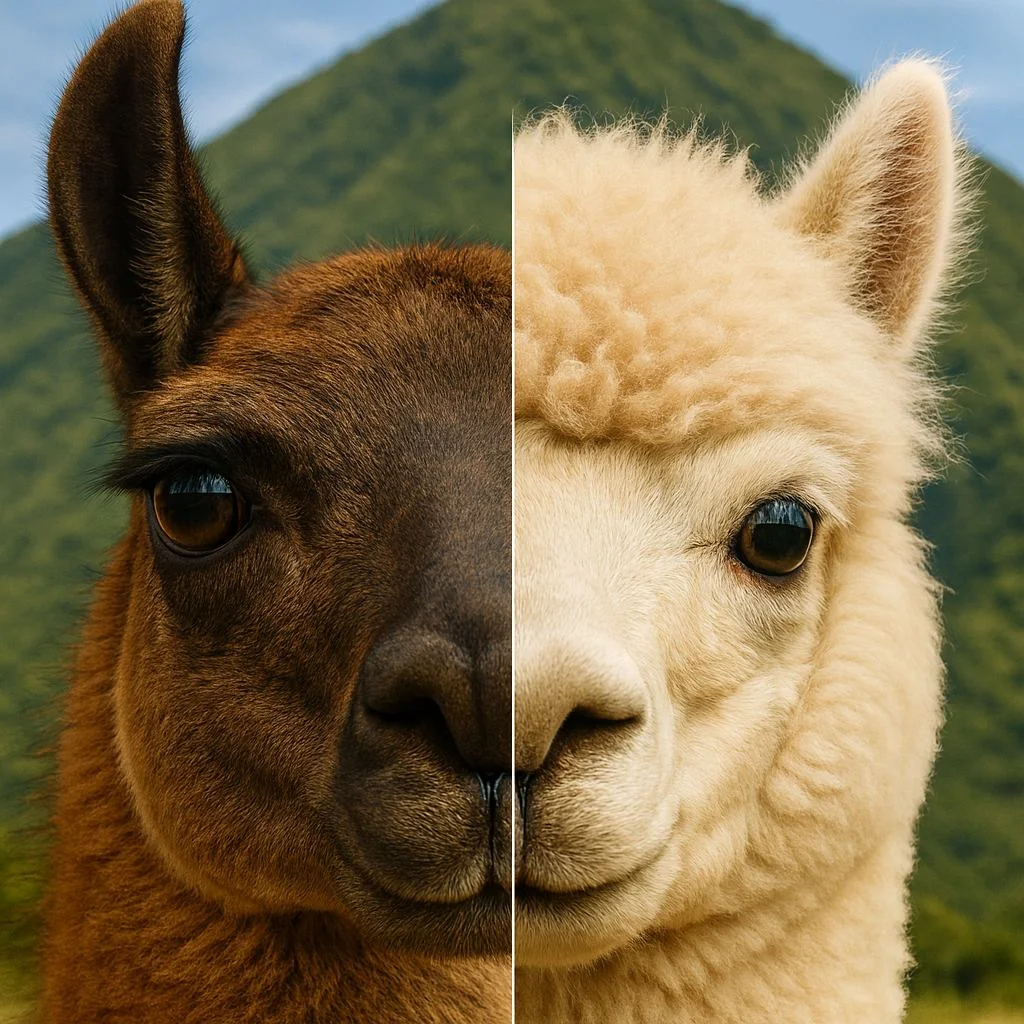
Llama vs Alpaca: Key Differences Explained | Travel Blog
Tracing the grandiose Peruvian nature, you can come across two of these most recognizable symbols of Andean wildlife llamas and alpacas. They both belong to camelid family and are commonly confused with each other though there are differences between them.
As you explore the Sacred Valley, head to Machu Picchu, or take photos of the Rainbow Mountain in all of its color, you would know these differences can only enrich your experience.
This is because learning those little details between these animals does not only make it more interesting when you travel, but you also get a closer connection to people of Andean culture, or the strong history previously enjoyed.
Table of content
- Differences in Size and Physical Appearance
- Comparison: Alpaca Wool vs Llama Fiber - Behavioral Traits
- Temperament and Behavior Traits - Historical and Cultural Significance
- Sacred Valley and Machu Picchu
- Cultural Symbolism in Andean communities - Tips for Travelers and Photographers
- Finding the Perfect Shot
- Engaging with Local Communities - Practical Advice for Your Journey
- Packing Essentials
- Discovering the essence of Cusco - Final Thoughts: Llamas vs Alpacas
This article will explore the major differences between llamas and alpacas so that you have essential information when you travel to the jaw-dropping area of Cusco. Reading about their physical and historical importance will provide an insight into the lives of these bizarre creatures with which people of the Andean region have lived in a very symbiotic relationship.
Differences in Size and Physical Appearance
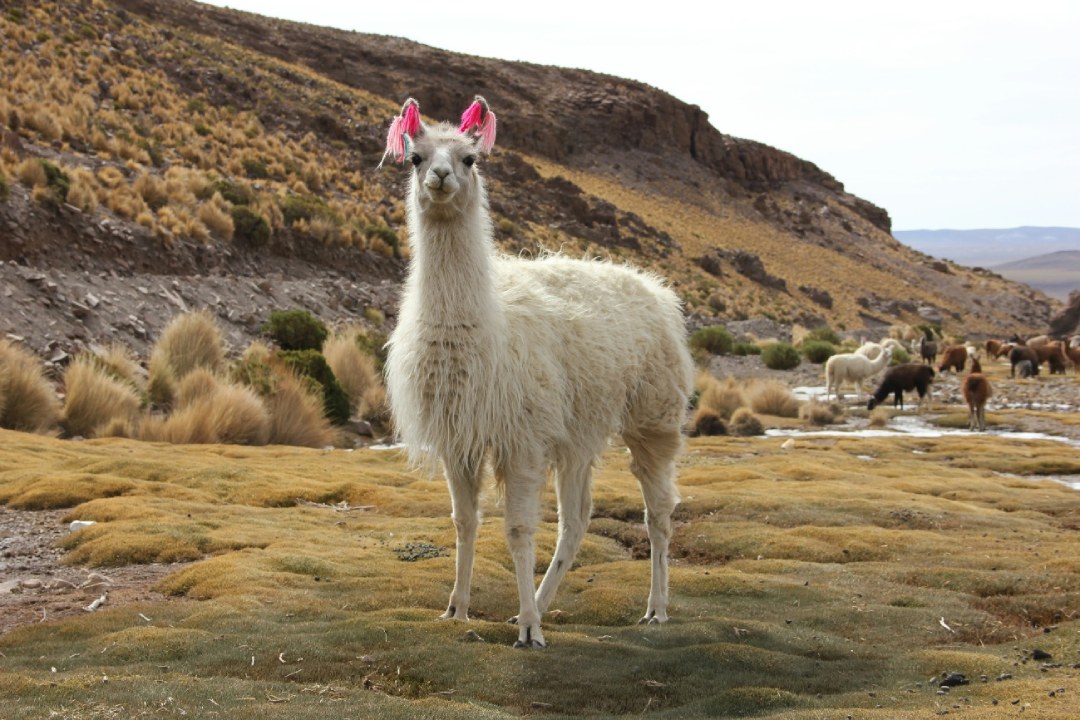
Size is one of the most conspicuous between the llamas and alpacas. Llamas are also slightly taller in height being comfortable 5.5 to 6 feet tall at the head and weighing 250 to 400 pounds. Their large size and thick physique fit the tough topography of the Andes, where they are used as pack horses in many cases.
By contrast, alpacas are smaller, roughly 4.5 feet, 120-200 pounds, which fits with their main use in producing fiber as opposed to any load bearing duties. Llamas, in their turn, possess a longer face with notably large pointed ears that can be called banana-shaped and, consequently, become very easy to recognize. This unique look does not only make them look good, but their facial shape also helps them regulate heat and communicate in groups.
Alpacas, in turn, possess shorter and more blunt faces and small and sharp ears. They are smaller in size and with a docile disposition, which appeals to both tourists and residents and makes them popular with those more comfortable with a less-intense camelid experience.
Comparison: Alpaca Wool vs Llama Fiber
Another defining characteristic is that of the fur of these animals. Alpacas have a soft luxurious fiber and it is sought after to make high-quality textile. Their wool normally resembles the cashmere or angora in terms of softness and available in a variety of natural colors such as white, brown, black and gray.
Such variety of color and texture makes the alpaca fiber very desirable in the fashion industry which increasingly puts an emphasis on sustainability and ethical production.
The wool of llamas is coarser and is rarely used in clothing but other goods made out of it include rugs and ropes among others. Although they are available in different colors, they lack the desirability that the alpaca fiber has.
The robustness and strength of the llama wool however allow it to be used in functional products that need toughness and long lasting durability. This variation in the quality of the fiber demonstrates the difference in the roles of the various animals in the Andean community balancing beauty and functionality of their contribution.
Behavioral Traits
Temperament and Behavior Traits
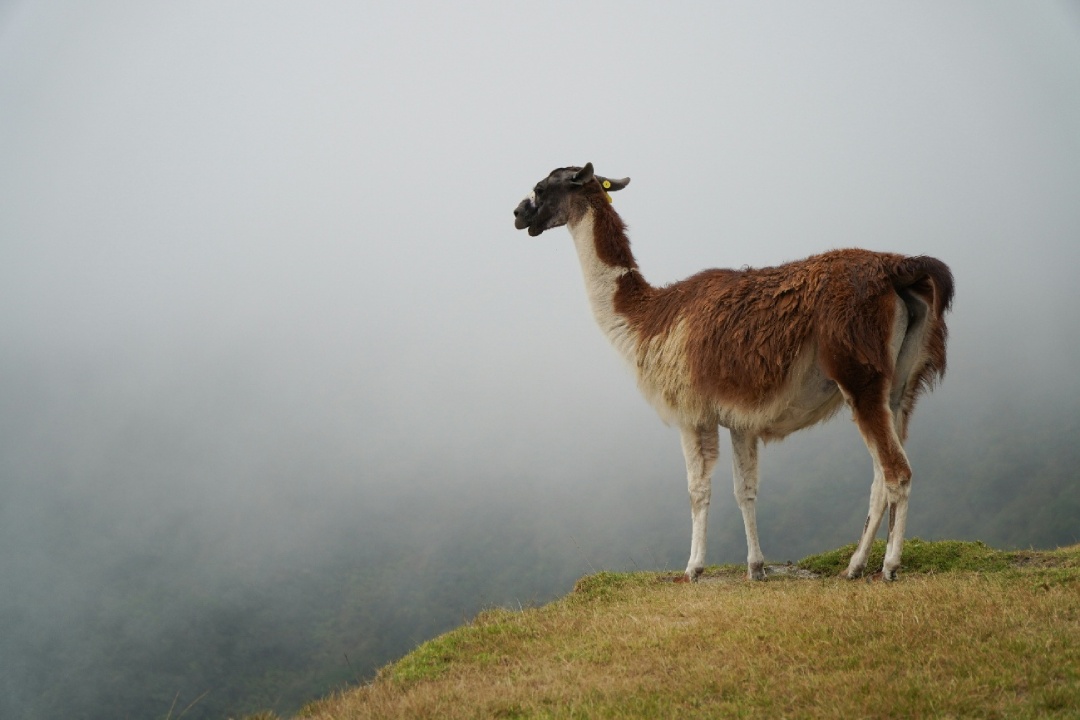
Llamas are mellow and self-sufficient, at least insofar as temperament is concerned. They are commonly employed as pack animals, owing to the strength they possess and the capacity to carry and transport huge loads. This has made them be considered as trustworthy companions in the rough Andean terrain treks.
Llamas also demonstrate their versatility and smartness since they can be used as a protection animal guarding a herd of sheep or alpaca as a protective animal. Alpacas, in their turn, are more social and are usually herd animals. They tend to be shy and inquisitive, which means they are not suited to hard work but are ideal fiber-producers.
Their mild demeanor and herding behavior makes them a joy to tourists, who are able to watch them and see their play activities and social mechanisms. This is one of the main reasons they are domesticated because this sociability can fit the communal way of life seen in Andean communities thus creating a working partnership between humans and animals.
Historical and Cultural Significance
Sacred Valley and Machu Picchu
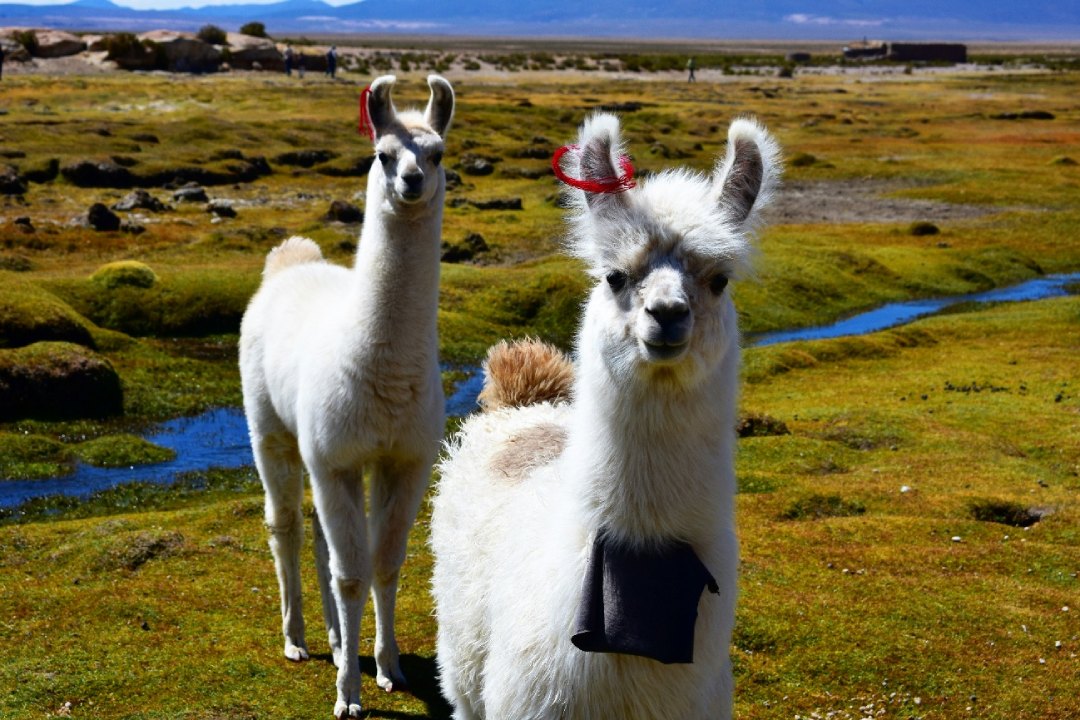
Andean culture and Peru history both cherish both llamas and alpacas. They date thousands of years back to the early Incan civilizations that used them in transport, clothing and food. Their existence in the Sacred Valley and in Machu Picchu becomes living evidence of ingenuity and adaptiveness of Andean societies who used the unique characteristics of the given animals to survive in the difficult climate of these lands. Andean communities Travelling through the Sacred Valley and Machu Picchu, you will probably meet these animals and know about their important part in the history of the region.
Llamas in particular acted as a great beast of burden to the Inca Empire and were used to move goods around the Andean mountains. Their historical value is tied with culture of the region and they are written in tales and legends praising them for their contribution to building one of the most remarkable civilisations in history.
Cultural Symbolism in Andean communities
In Andean folklore the alpacas and llamas are a sacred beast and represent fertility and wealth. They are repeatedly popular elements of local festivals and rituals of the Andean communities, which proves their significance to Andean communities. These animals are not just utilitarian and they are also regarded as spirits by the people and are the bond that relates the people to the land and ancestors as a source of continuity and identity. As an example the sacrifice of a llama is a symbolic offering to both Inti (the Sun God) at the Inti Raymi ceremony, the meat is often burned in honor of the Sun.
Llamas and alpacas form a strong symbol in the culture and its significance is not limited to its physical existence as it is reflected in art, music and storytelling throughout the Andes. Considering these manifestations of Andean cultures may help traveling visitors to grasp more of the values and beliefs that have seen Andean people through times making these cultures and beliefs put the travelers in a better setting of learning more about the whole of the Andean world.
Tips for Travelers and Photographers
Finding the Perfect Shot
When it comes to freelance photographers that need to get the feel of Andean llamas and alpacas, the knowledge of Llamas and alpacas difference may be invaluable. The dignified looks of the grand presence of sensuality present Llamas against the dramatic encounter of Andean mountains usually make the subject grandiose. The elegant-looking tall structure and the majestic attitude provide countless prospects in catchy images that tell about the grandeur of their natural habitat.
Alpacas, so adorable in their facial expressions and furry clothes, provide a new type of beauty. They are ideal models to take a photograph of the gentler side of Andean life and can as well be seen grazing in the beautiful valleys near Cusco. Their childish behavior and friendly attitude is presented in a variety of unspoilt moments maturing the worldly aspect of the Andes mountains life and diversifying any collection in the portfolios of a photographer.
Engaging with Local Communities
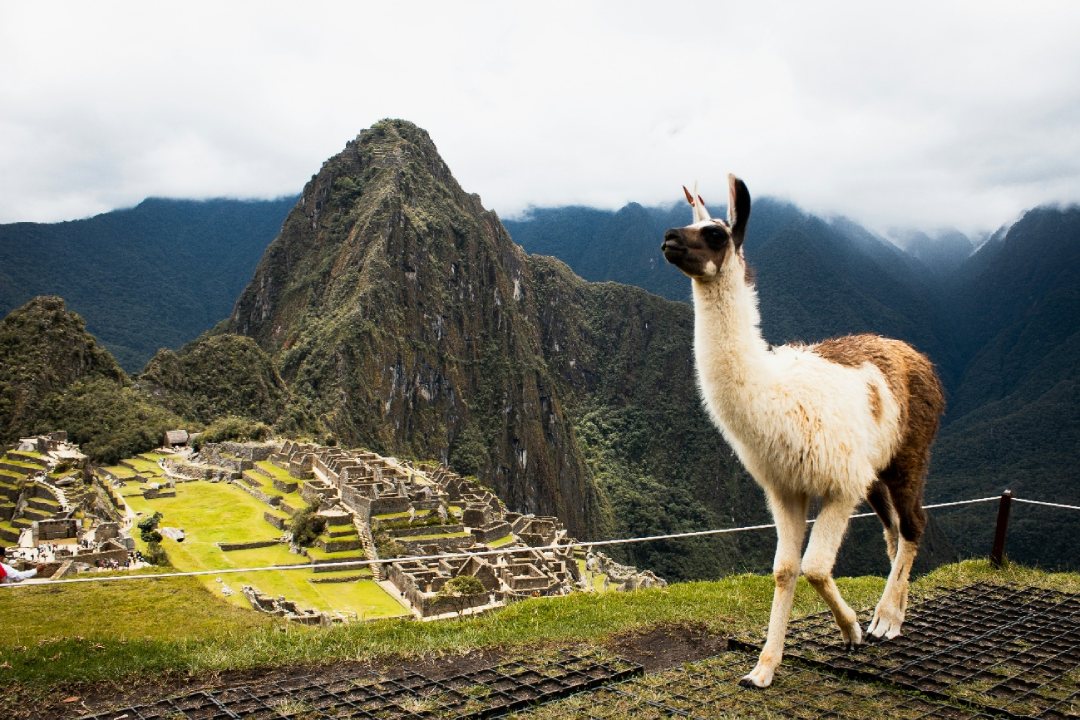
Travelling to places such as Cusco, communication with local people may allow a closer examination into how llamas and alpacas have a cultural place. Think about getting engaged in guided tour package or workshop sessions devoted to ancient weaving using the alpaca fiber. Not only are these experiences able to provide growth of knowledge but the maintenance of local crafts, creating a feeling of belonging and accountability to the people and their culture.
Communicating with locals also turns into a traditional experience in understanding the practices and stories that have been inherited since the last generations. Under the same perspective, by contributing to community-based programs, tourists can facilitate sustainable development of the local area so that the profits generated by tourism are equally distributed among the people of the region, both culturally and economically.
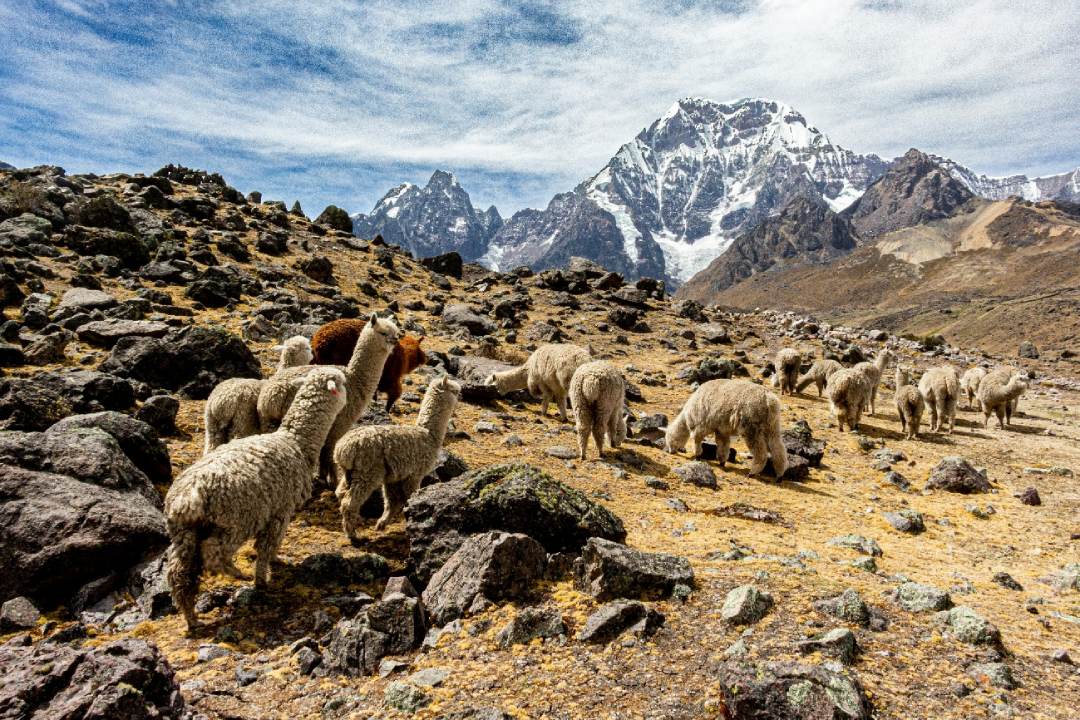
Practical Advice for Your Journey
Packing Essentials
Both a corporate executive wanting to get an easy trip, as well as an academic researcher who is trying to find some cultural insights, should prepare a full packing list Peru accordingly, depending on what you are going to do at the Andean adventure. The weather in areas such as the Sacred Valley is changeable, and thus layers are a must. Airy, sweat-repellent materials are the perfect ones to adjust to the changes in temperature, whereas a waterproof jacket should allow one to be guarded against unexpected rain. Keep in check coca leaves or medication if needed for the high elevations, altitude sickness is a common circumstance that can happen.
Do not leave the trekking shoes and camera, which can let you capture the pictures of awe-inspiring nature and wildlife. A sun-protective hat and sunscreen will also be advisable to protect against the sun at such altitudes. With proper planning of a variety of conditions you will be able to derive a beneficial and enjoyable experience as you delve into the wonder of the Andes.
Discovering the essence of Cusco
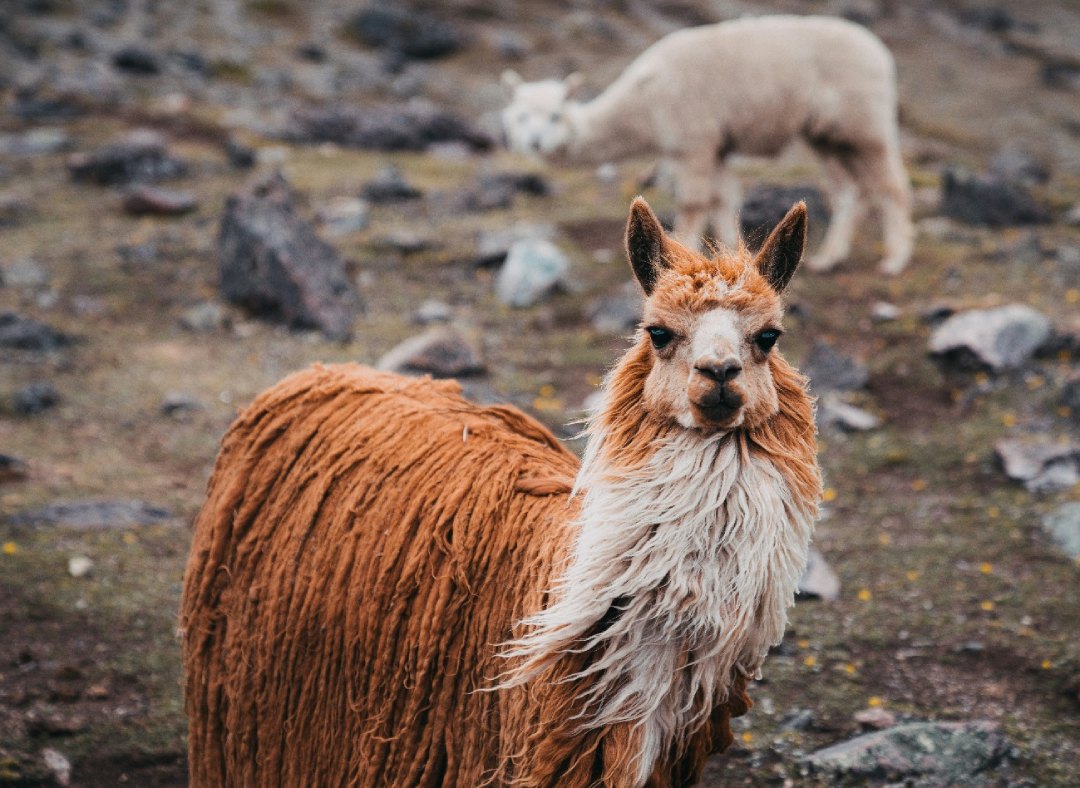
Cusco is the window of interest to most of the magic in the Andes. In order to make more out of your time, it is advisable to pre-book Rainbow Mountains tours, as well as inca trail tours to Machu Picchu. Less vacation days means organized itineraries guarantee you can see all the highlights in a stress free environment. Tours with local guides will provide you with the insights you will not receive otherwise providing you with further details of the history and culture of the region expanding your knowledge and understanding of it.
Getting to know the local transport facilities as well as currency can also make your experience of traveling a bit easier. A little bit of organization and awareness can ensure you get the best out of your experience through the UNESCO world heritage site in this colorful and culturally rich land and the memory of these moments will always remain with you.
Final Thoughts: Llamas vs Alpacas
The major output of knowing the major differences between Llamas and Alpaca not only adds to your knowledge but also to the appreciation or understanding Andean region. Here is another very interesting type of animal that should not just be a subject of photos but is an important component of the cultural experiences of the beautiful scenery of this incredible landscape. Their existence reminds the readers of a complex symbiosis between nature and people that Andean cultures have been living with for centuries.
Become in tune with our friends from South America “llamas and alpacas” as you make your trip around Cusco, they will lead you deeper into the Andes to encounter the past and present that have interwoven in that colorful web of tradition and natural wonder. Have a safe trip, have fun! Hope your journeys take you to some exploration, wisdom and new appreciation of these wonderful beasts and those who love them so much.
Check Our Suggested Tours:
- Honeymoon In Peru - Peru Honeymoon Packages
- Following the Path to the Sacred Sun Gate
- Family Adventure Tour
- Peru By Belmond Tour
- The Soul of Two Worlds: A Grand Amazon & Andes Expedition 14d/13n
- From the Heart of the Jungle to the Sacred Mountain: A Luxury Expedition Through the Amazon & Ausangate 16d/15n


